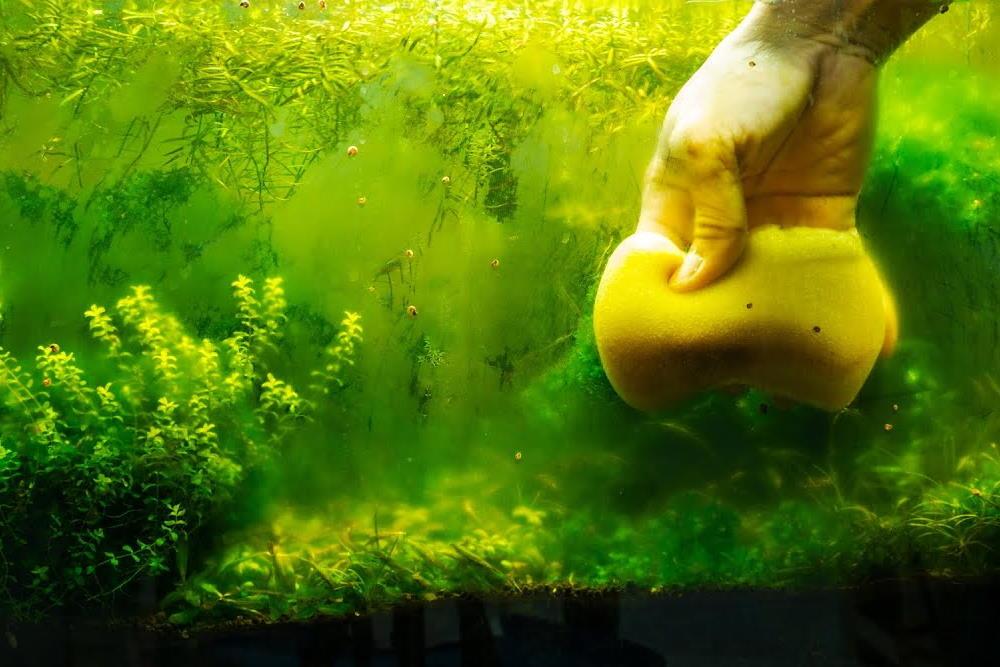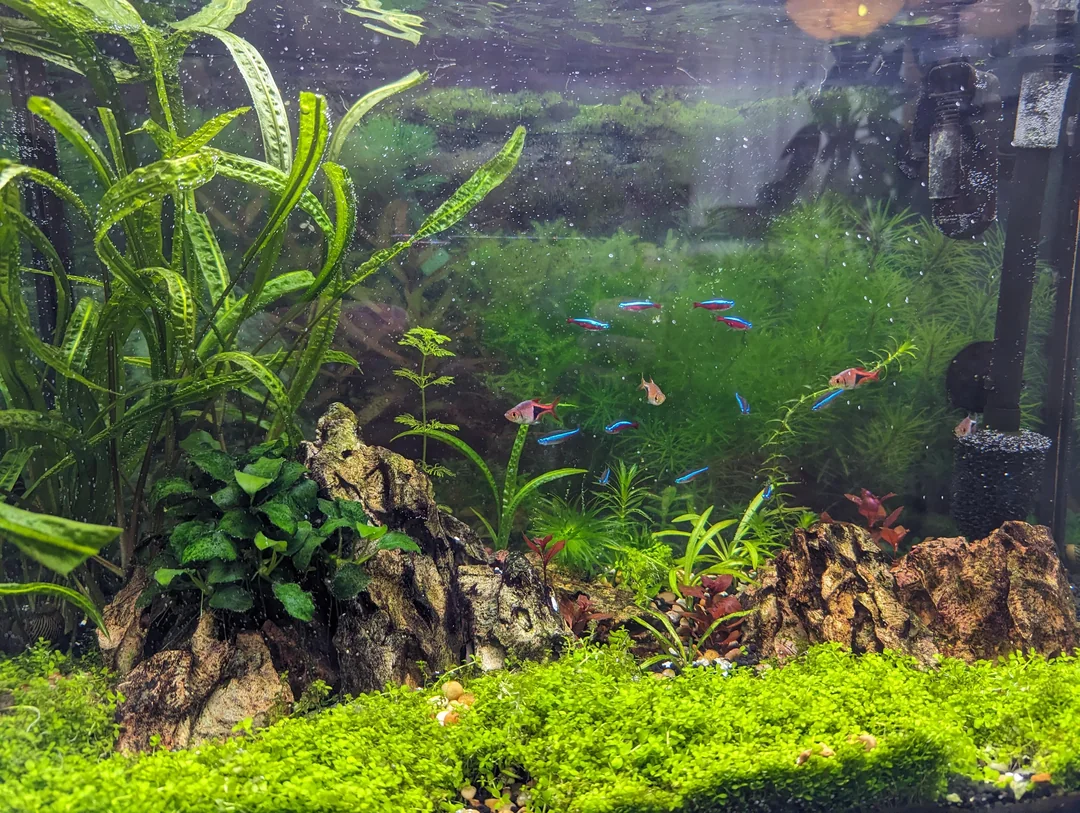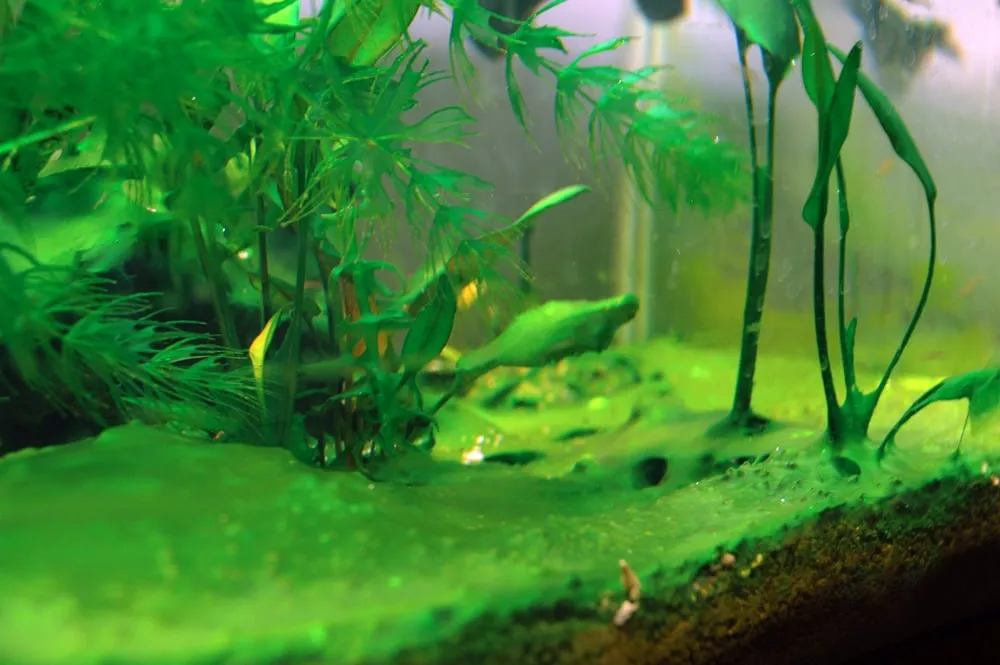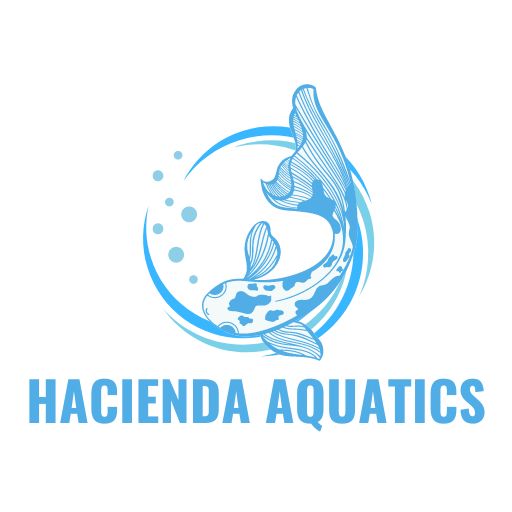Aquatic Knowledge
How to Grow Algae in Aquarium: A Guide for Hobbyists
If you’re looking to cultivate algae in your aquarium, whether for feeding algae-eating species or creating a more natural ecosystem, you’ve come to the right place. Growing algae may seem counterintuitive—especially since most aquarium owners are often trying to prevent it—but it can be quite beneficial. In this article, we’ll dive into the how to grow algae in aquarium process, along with various tips to help you manage and control the growth effectively.
What is Algae and Why Grow It?
Before we explore how to grow algae in aquarium, let’s understand what algae are. Algae are simple, plant-like organisms that thrive in water and rely on sunlight for photosynthesis. While many aquarists see algae as a nuisance, they serve important functions in the aquatic ecosystem.

Benefits of Growing Algae:
- Food Source: Many species of fish and invertebrates, like shrimp and snails, feed on algae. Having a consistent algae supply can make feeding easier.
- Natural Aesthetic: Algae can give your tank a more natural, “wild” look, mimicking natural habitats.
- Nutrient Absorption: Algae absorb excess nutrients, like nitrates and phosphates, which can help balance water chemistry.
Now, let’s dive into how to grow algae in aquarium and create a lush, green environment.
How to Grow Algae in Aquarium

Growing algae in your aquarium isn’t as hard as you might think. In fact, it’s probably one of the easiest things to cultivate in a tank. Here’s a step-by-step guide on how to grow algae in aquarium.
Increase Light Exposure
Algae thrive on light. One of the fastest ways to promote algae growth is to increase the amount of light your tank gets.
- Natural Light: Placing your aquarium in a spot where it gets natural sunlight can drastically increase algae growth.
- Artificial Light: If natural light isn’t an option, you can leave your aquarium lights on for 10-14 hours a day to encourage algae development. Using full-spectrum lights or lights specifically designed for plant growth can also speed up the process.
Boost Nutrient Levels
Algae feed on nutrients like nitrates and phosphates. To promote faster growth, you can increase the nutrient levels in your tank.
- Increase Fish Feeding: Overfeeding your fish can lead to an increase in leftover food and fish waste, which releases nitrates and phosphates as they break down.
- Use Fertilizers: Aquatic plant fertilizers are rich in nutrients and can encourage algae growth when used in moderation.
Add Rocks and Surfaces for Algae Growth
Algae need a surface to grow on. Smooth surfaces, like rocks, driftwood, or even the glass walls of your aquarium, provide ideal places for algae to spread.
- Select Natural Materials: Rocks like slate or driftwood offer the best surfaces for algae to grow on. You can also introduce smooth, clean aquarium decorations for algae colonization.
Avoid Overfiltration
Strong filtration systems can remove algae from your tank or disturb its growth. Reducing the flow or using a gentle filtration system will help algae develop more easily.
- Choose a Gentle Filter: Filters that create strong currents may interfere with algae growth. Opt for a sponge filter or adjust the settings of your filter to reduce water agitation.
Maintain High Carbon Dioxide Levels
Algae, like other plants, benefit from higher carbon dioxide (CO2) levels. You can increase CO2 in your tank by adding a CO2 diffuser or increasing aeration.
- CO2 Diffusers: Available at most pet stores, CO2 diffusers release small amounts of CO2 into the water, promoting plant and algae growth.
Types of Algae to Grow in Aquariums

Not all algae are the same, and different types can serve various purposes in your tank. Here are some common types of algae you can grow.
Green Algae
This is the most common type of algae and the easiest to grow. It appears as a green film on surfaces or floats freely in the water. Green algae are great for fish and shrimp that feed on algae.
Brown Algae (Diatoms)
Brown algae are often seen in new tanks. They thrive in low-light conditions and are rich in silica. Some algae-eating species, like otocinclus, love brown algae.
Hair Algae
This type of algae grows in strands and can quickly cover plants and rocks. Hair algae are often seen as a nuisance, but some aquarists like it for its natural look and because certain fish species love to nibble on it.
Blue-Green Algae (Cyanobacteria)
Technically, blue-green algae are not true algae but bacteria. It grows in mats and can become invasive. While not typically encouraged, some aquarists may want to grow it intentionally in controlled environments.
Factors Affecting Algae Growth
Now that you know how to grow algae in aquarium, let’s explore the factors that can influence its growth. Understanding these will help you control and encourage algae in a balanced way.
Water Temperature
Algae grow faster in warm water, typically between 75-85°F (24-29°C). Make sure to keep your tank’s temperature stable within this range for optimal growth.
pH Levels
Algae prefer a pH range between 6.0 and 8.0, depending on the species. Test your water regularly to ensure it remains within this range.
Tank Mates
Some fish species are algae-eaters, and they will naturally keep algae levels in check. Be mindful of the fish you keep, as they could slow down or even prevent algae growth.
Avoid Algae-Eating Fish: If you want algae to thrive, avoid fish like plecos, otocinclus, or snails that feast on algae.
Water Circulation
Algae grow more easily in areas with less water circulation. If you’re trying to cultivate algae in certain spots, such as on rocks or decorations, make sure those areas don’t have strong water flow.
How to Harvest Algae for Aquarium Inhabitants
If you’re growing algae as a food source for fish or invertebrates, it’s essential to know how to harvest it effectively.
Scrape Algae from Glass or Surfaces
Using an algae scraper, gently remove algae from the glass or rocks. You can let the pieces float in the water for your fish and shrimp to nibble on.
Grow Algae on Separate Surfaces
One method is to grow algae on removable objects like stones or tiles. You can easily move these objects to tanks with algae-eating species to give them a nutritious snack.
Control the Growth to Prevent Overgrowth
Even though you want to grow algae, there’s a fine line between healthy growth and overgrowth. Too much algae can cloud the water and deplete oxygen levels, affecting the health of your fish.
- Regular Pruning: Just like trimming plants, regularly remove excess algae to keep its growth under control.
Common Problems When Growing Algae in Aquariums
While growing algae in your aquarium can be relatively easy, there are some common issues that hobbyists may face.
Algae Overgrowth
Algae can grow too quickly if not monitored, leading to unsightly water and potentially harming other plants and fish. Keep an eye on nutrient levels and light exposure to avoid algae taking over the tank.
Competing with Aquarium Plants
If you have live plants, algae may compete with them for light and nutrients. In extreme cases, this can stunt plant growth or even kill them.
Algae Eaters
If you want to grow algae, avoid adding too many algae-eating fish, shrimp, or snails. These creatures can quickly reduce the amount of algae in your tank.
Preventing Unwanted Algae in Other Tanks
While growing algae in a designated tank can be beneficial, you might not want it in all of your aquariums. Here are some tips to keep algae under control in other tanks.
- Use Algae-Eating Fish: In tanks where you don’t want algae, adding algae-eaters can keep the growth in check.
- Limit Light and Nutrients: Reducing light exposure and being cautious with feeding can help prevent algae blooms in other aquariums.
Conclusion
Now that you know how to grow algae in aquarium, you can easily cultivate it for your fish, shrimp, or simply for aesthetic purposes. Remember to balance light, nutrients, and water conditions for healthy algae growth. And while growing algae can be beneficial, always monitor it to ensure it doesn’t overwhelm your tank. Happy algae farming!
FAQs
- How long does it take to grow algae in an aquarium?
Algae can begin to grow within a few days, but it may take a couple of weeks to see significant growth, especially with the right lighting and nutrient conditions. - What’s the best type of light for growing algae?
Full-spectrum lights or lights designed for plant growth work best for promoting algae growth. Natural sunlight is also very effective. - Can I grow algae without harming my fish?
Yes, you can grow algae in moderation without harming your fish. Just make sure not to let it overgrow, as too much algae can affect water quality. - Which fish benefit most from algae?
Species like plecos, otocinclus, and certain types of shrimp feed on algae and will benefit from its growth in your tank. - Is it bad to have too much algae in an aquarium?
Yes, excessive algae can deplete oxygen levels and cloud the water, making the environment unhealthy for fish and plants. Keep growth balanced and under control.
